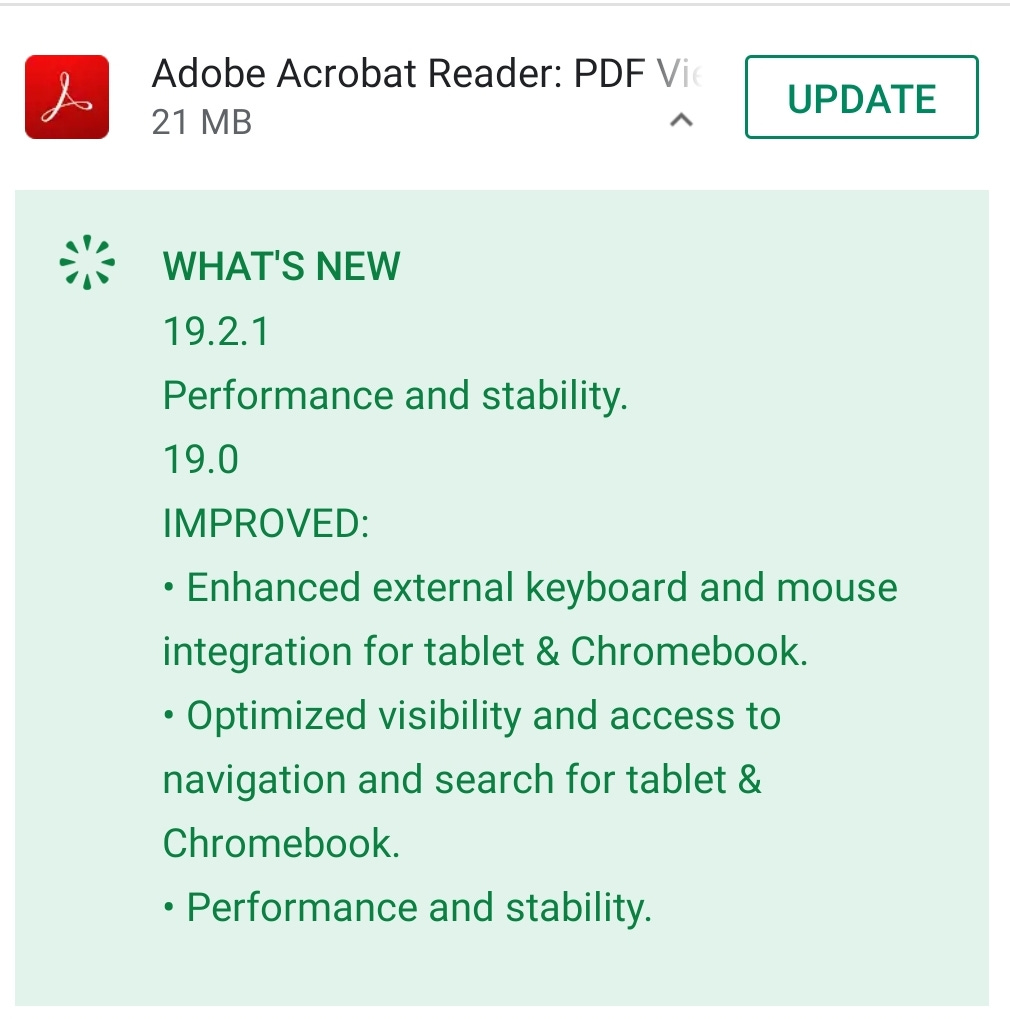Writing readable "release notes" for end-users
You might have skimmed through one before, especially if you’ve recently updated an App. Often, it’s useless information, such as the dreaded “performance and stability improvements.” But release notes can be so much more if you’d just take a few minutes to understand how to write them.

What are release notes?
Information that describes the changes or enhancements for a particular software release or update.
Who reads them?
Readers of release notes vary from software product to product. Examples include an end-user who wants to understand what new features or fixes occurred; a product manager coming back from vacation using it as a quick catch-up; a developer troubleshooting a problem and trying to recall when a new feature was introduced; or an executive, trying to highlight what major features were added over the last year.
Given the potential wide audience, it's important for a product managers writing release notes to define their primary and/or secondary readers.
Why write them?
First, it's a form of communication about your product. How will users of your software know about new features, changes, or fixes, if you don't tell them? And if you have hundreds of users, how do you communicate to each and everyone?
Second, it's a historical and hopefully, easily readable record for the future you, the future developers, the future company.
Sample Release Note Template (for B2B software products)
Principles for Good Release Notes
Pick two primary readers as your audience and write to them. A release note can’t satisfy everyone’s wishes.
Don't include everything. Everyone skims at best.
Don't use jargon, acronyms, or terms that the average person doesn’t understand. Think about writing this to your grandmother or grandfather.
Be informative and tell why someone reading should care, not just the how or what occurred
Keep it organized

